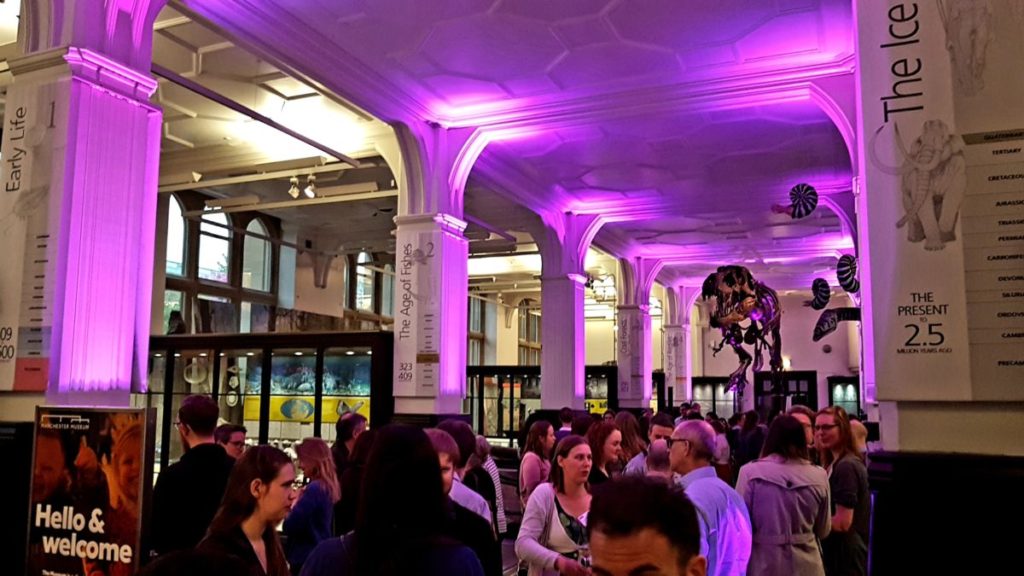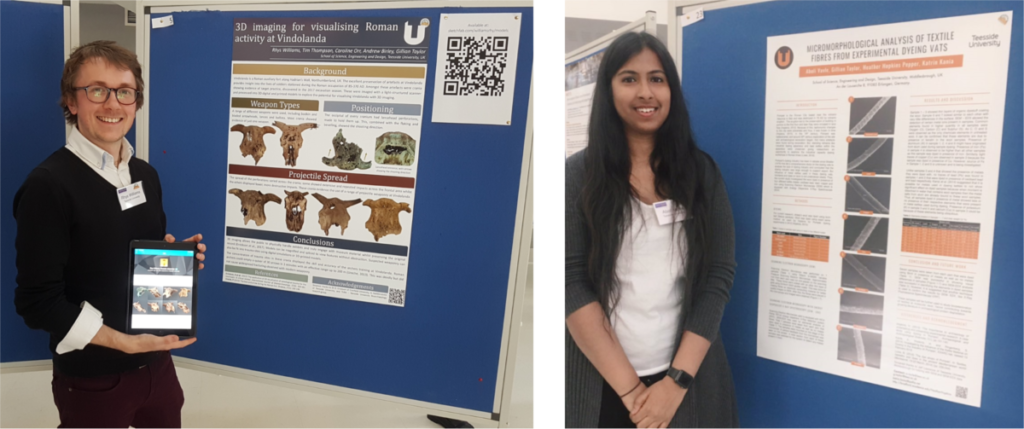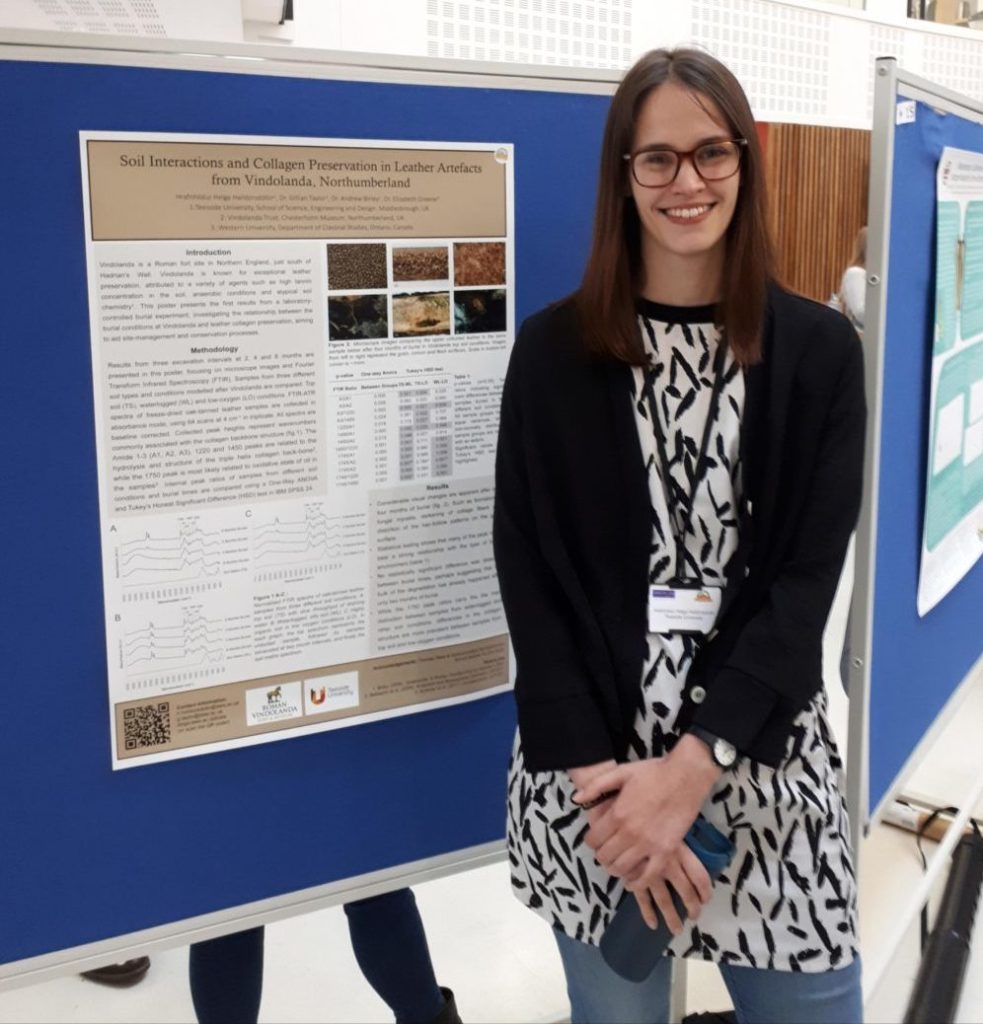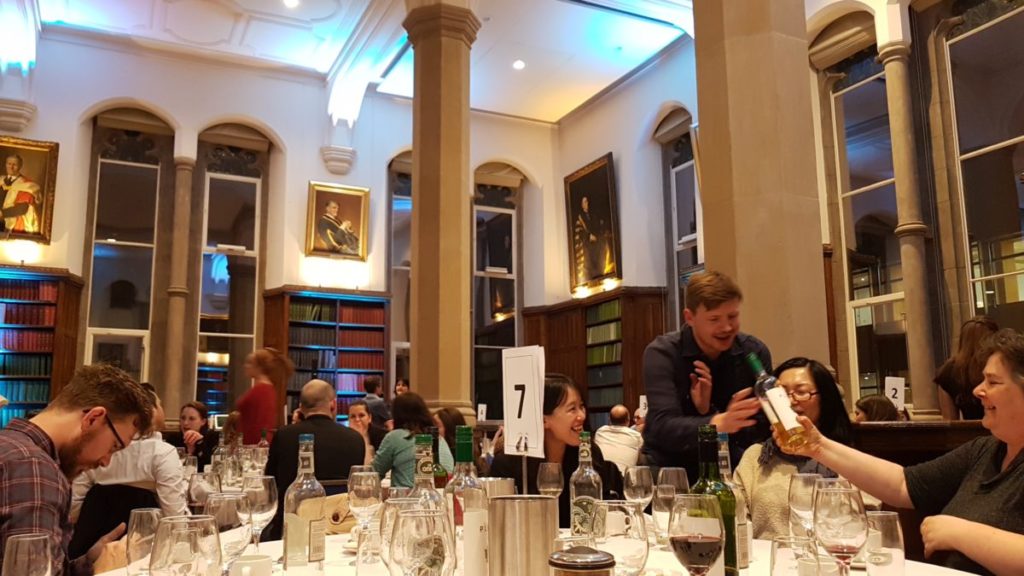Archaeology? Check. Science? Check. Doughnuts for lunch? CHECK.
Last week, the TUBA team attended the United Kingdom Archaeological Science Conference (UKAS) in Manchester, posters in tow and raring to go. This was a key conference for us, being the largest archaeological science conference in the UK. Manchester itself has a rich scientific history thanks to housing the atom-splitting scientist Ernest Rutherford, Alan Turing’s early artificial intelligence experiments, and 25 Nobel Prize winners. Whilst we’re not anticipating to win a Nobel Prize quite yet, we are working toward showing some fantastic innovations for archaeological science!
The first day of the conference was a fantastic start, with some excellent papers on isotopic analyses during the Paleoclimate and Environmental Change sessions. A stand-out talk was given by Seren Griffiths on how archaeologists must be aware that events are social constructs that we use to categorise data; often times, data don’t fit these categories nicely! This was worth considering during the afternoon sessions on post-domestication adaptions, with some great DNA and statistical analyses showing the origin of sheep, spread of barley to Scotland, and animals in the high arctic. And, to tie off the first day, a wine reception in the Fossil Gallery at Manchester Museum. You couldn’t ask for a more appropriate venue! Although, the amount of replica dinosaurs with goofy smiles was just a tad disconcerting…

The second day kicked off with some great talks on diet variations at Vindolanda and dairying in Roman Chichester during the Diet and Subsistence sessions. We do love hearing talks from other researchers about their Vindolanda discoveries. Following these was the first set of poster displays, with Rhys and Aboli presenting! Rhys was showing his research on 3D imaging of Roman activity at Vindolanda, and Aboli showed her research on Micromorphology of textile fibres from experimental dyeing vats. We may have been a bit too keen in discussing our work though as we had to wolf down our succulent brownies nutritious lunch in the final few minutes.. oops!

Next was the plenary lecture given by Professor Richard Evershed, pioneer of archaeological chemistry, discussing “Milking the Residues” and examining lactase persistence in prehistoric Europe. He sure was a tough act to follow, but the presentations on biomolecular archaeology didn’t waiver! These included further isotope analyses, and authenticating ancient proteoms with bespoke software DeamiDATE (check it out, it looks awesome).
The third day, we got moving and made our way down to the Mobility and Migrations session, where we learnt all about (as one may have inferred) the movement of past populations and the evidence they left behind. Christophe Snoeck’s talk on cremated remains at Stonehenge and how they were not evidence of prehistoric Brexit and a strange anti-Welsh interaction (despite some unnamed newspapers claiming these!).
The next session on Imaging and Chemical Analysis covered such a wide range of topics, including Vitamin D deficiency, mummy restoration, and some of the best sections of historic bone cancer taken through Micro-CT and synchrotron imaging by Patrick Randolph-Quinney (Rhys is coveting a little here!). We were like kids in a candy shop, or nerds in a dusty backstreet bookstore! The break in this session also marked the second poster session, with Helga showing her work on soil interactions and collagen preservation in leather from Vindolanda!

The final session on the conference, Biological Anthropology, covered the widest range in topics, including some pioneering work into bacterial bone diagenesis by Richard Madgwick, and a genetic examination of skulls in the River Thames (a la bobbing for apples style) by Eleanor Green. To wrap up, we discussed the [absence of] interactions between commercial and research archaeology, including a proposal for researchers to ‘request’ samples from excavations. An interesting and very worthwhile proposal indeed, so look out for announcements on this.
And last but not least, prizes! Many congratulations to Abigal Ramsoe for winning the Best Student Oral Presentation prize, Bryony Rogers for winning the Best Student Poster Presentation prize, Barbara Veselka for winning the Early Career Researcher prize, and Sarah Delaney for the Greatest Impact on Cultural Resource Management prize. There was no better way to celebrate such a high quality, impactful and engaging conference than having a dinner together in the old Christie Science Library, with historic figureheads and original texts gracing the walls around us (and a couple bottles of wine for the table!).

Until next time!
TUBA

